BEST CHOICE
Our Products
mining of oxidation and dissolution 2022-05-05T06:05:07+00:00
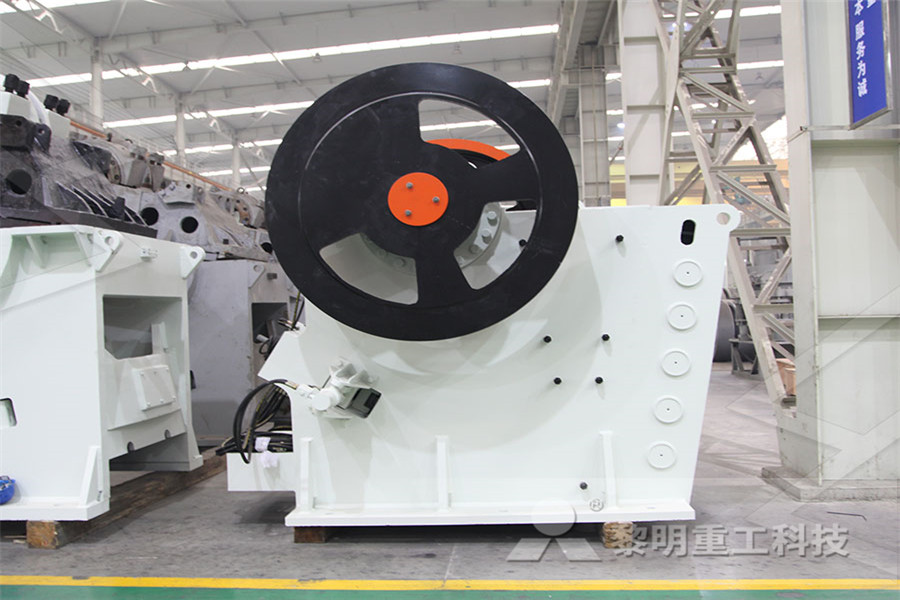
mining of oxidation and dissolution cafebonbon85fr
The dissolution and oxidation experiments were conducted under aerobic conditions with an initial pH of 72 at 30 °C to understand the changes of Sb speciation after the exposure of Sb We provide a comprehensive review of research conducted on the dissolution–oxidation of Asbearing sulfides including arsenopyrite, orpiment, realgar, THE OXIDATION AND DISSOLUTION OF ARSENIC Difference between pyrite oxidation and dissolution Oxidation and dissolution are not the same processes, but they are related when discussing the breakdown of pyrite in near mining of oxidation and dissolution
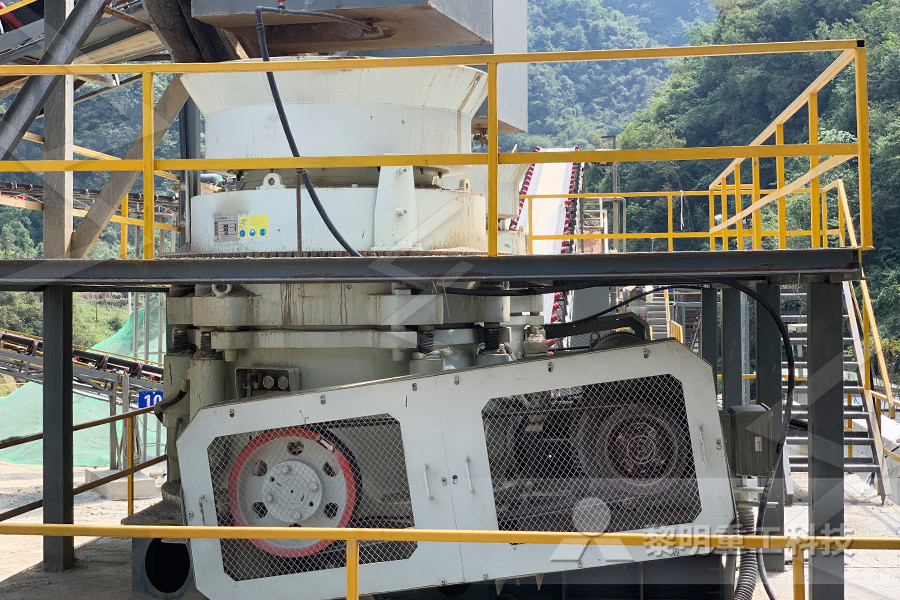
Oxidative dissolution of hydrothermal mixedsulphide
pH of the waters in a mining environment is crucial at it has the ability to impact the sulphide oxidation rate (Acero et al, 2007, BonnisselGissinger et al, 1998, Millero et al, The simulation results indicate that the optimum temperature for ore dissolution is around 25 °C, because, around this temperature, the dissolving ability of solvents to lowgrade Simulation study on the mining conditions of dissolution Oxidation and dissolution are not the same processes, but they are related when discussing the breakdown of pyrite in near surface environments Dissolution is a process (*1) Difference between pyrite oxidation and dissolution

Oxidative Dissolution of Metals in Organic Solvents
21 Halogens in Organic Solvents The simplest organic lixiviants for the dissolution of elemental metals are solutions of halogens in an organic solvent The halogens act as In this study, we demonstrate that a bacterial isolate Paraccocus versutus XT06 from the Xikuangshan antimony mine, the world largest antimony deposit, is capable of stibnite dissolution, oxidation of Sb(III), and formation of secondary Sb(V) bearing mineral The isolate could oxidize dissolved Sb( Mechanism of microbial dissolution and oxidation of We provide a comprehensive review of research conducted on the dissolution–oxidation of Asbearing sulfides including arsenopyrite, orpiment, realgar, tennantite, and the amorphous forms of As2S3 and AsS In general, a rise in pH and the presence of Fe3+ or bacteria (or both) cause the oxidation rates of Asbearing sulfides to increase, except for arsenopyriteTHE OXIDATION AND DISSOLUTION OF ARSENIC

Sulphide oxidation and carbonate dissolution as a source
Sulphide oxidation coupled to carbonate dissolution can provide a transient source of carbon dioxide to Earth’s atmosphere and so balance the Cenozoic increase in carbon dioxide consumption by The simulation results indicate that the optimum temperature for ore dissolution is around 25 °C, because, around this temperature, the dissolving ability of solvents to lowgrade solid potash Simulation study on the mining conditions of dissolution pH of the waters in a mining environment is crucial at it has the ability to impact the sulphide oxidation rate (Acero et al, 2007, BonnisselGissinger et al, 1998, Millero et al, 1987), with lower pH’s increasing the oxidation rate (Chandra and Gerson, 2010, and references therein)Oxidative dissolution of hydrothermal mixedsulphide
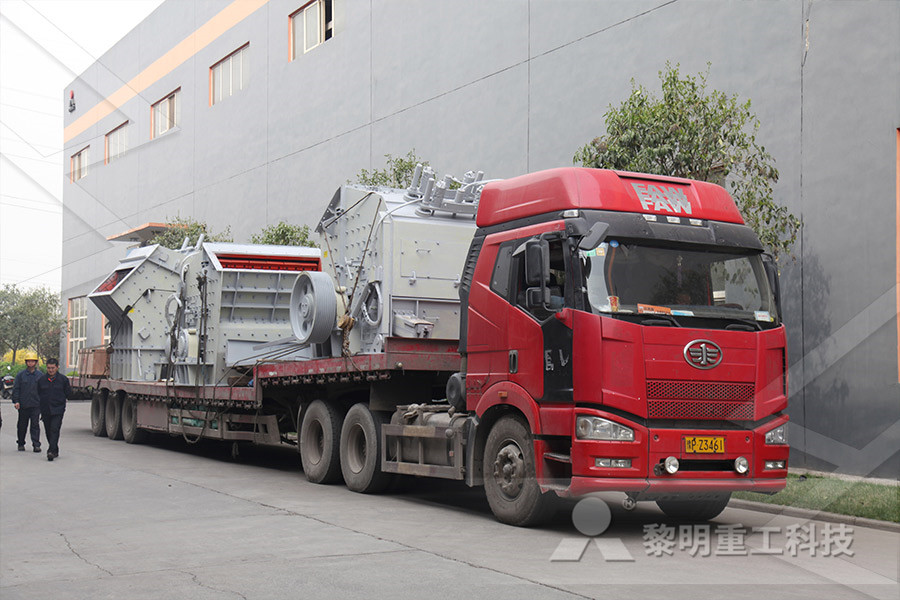
Review on the Biooxidation of Pyrite: Implications for the
Biooxidation of Pyrite is an important technology, which mainly means the surface Oxidation and/or the oxidative dissolution of Pyrite in the presence of microorganisms PyriteBiooxidation is Dissolution of these gangue minerals typically leads to a distinct sequence of pHbuffering plateaus (Blowes et al, 2003) As with mine tailings the oxidation of sulfide and subsequent generation of acid is the greatest Acid mine drainage: past, presentfuture? Wat The oxidation extent for As, Fe and S were 57 ± 1%, 38 ± 1% and 44 ± 1%, respectively The community structure of attached and planktonic microorganisms was different and changed with the (PDF) Dissolution of gold during pyrite oxidation reaction
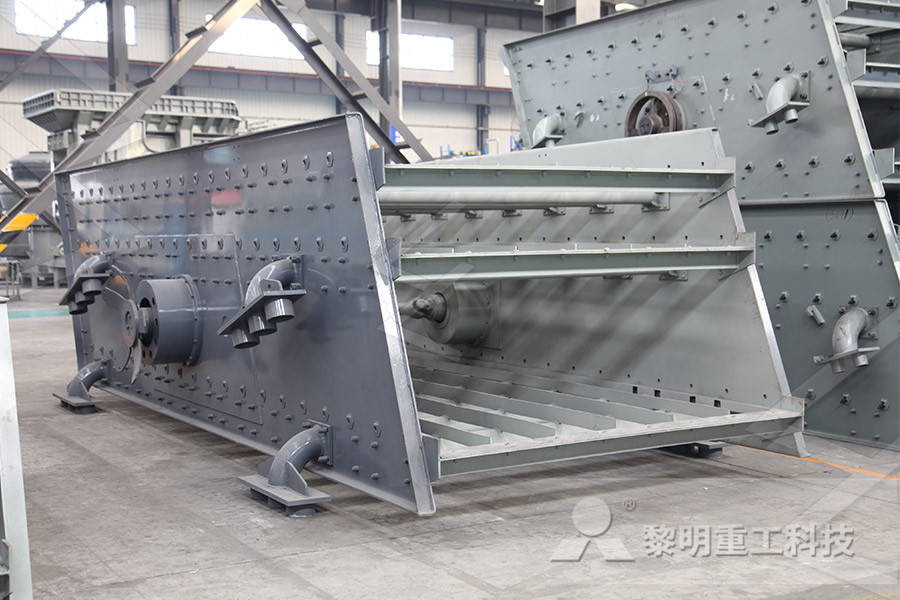
Pyrite Oxidation Drives Exceptionally High Weathering
In mountaintop mining overburden deposits, a suite of chemical reactions generate alkaline mine drainage (Griffith et al, 2012; Lindberg et al, 2011) The production of alkaline mine drainage is initiated by FeS 2 dissolution and oxidation (equation Acid generated during the oxidation of pyrite [FeS2], pyrrhotite [Fe(1x)S] and other sulfide minerals is neutralized to varying degrees by the dissolution of carbonate, (oxy)hydroxide, and Geochemical and mineralogical aspects of sulfide mine Chalcopyrite, galena, and sphalerite commonly coexist with pyrite in sulfidic waste rocks The aim of this work was to investigate their impact, potentially by galvanic interaction, on pyrite oxidation and acid generation rates under simulated acid and metalliferous drainage conditions Kinetic leach column experiments using singleminerals and pyrite with one or two Oxidative Dissolution of Sulfide Minerals in Single and
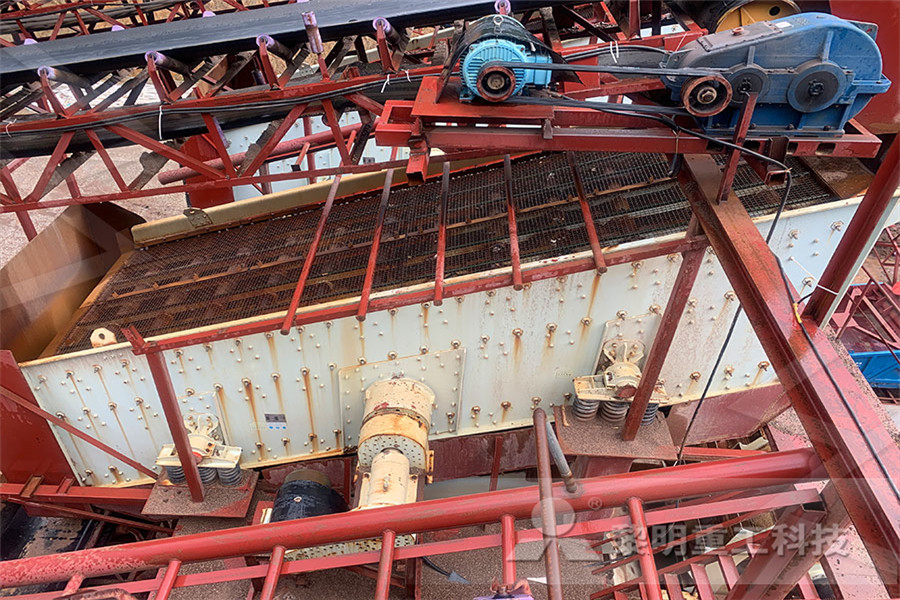
THE OXIDATION AND DISSOLUTION OF ARSENIC
We provide a comprehensive review of research conducted on the dissolution–oxidation of Asbearing sulfides including arsenopyrite, orpiment, realgar, tennantite, and the amorphous forms of As2S3 and AsS In general, a rise in pH and the presence of Fe3+ or bacteria (or both) cause the oxidation rates of Asbearing sulfides to increase, except for arsenopyriteDifference between pyrite oxidation and dissolution Oxidation and dissolution are not the same processes, but they are related when discussing the breakdown of pyrite in near surface environments Dissolution is a process(*1) in which the chemical components of a solid become part of a liquid, in the liquid statemining of oxidation and dissolution The oxidation of pyrite in alkaline solutions to form thiosulfate has been reported by a number of researchers Chen and Morris, 1972;Goldhaber, 1983;Melashlvili et al, 2015;Melashlvili et al Oxidation of Refractory Gold Concentrates and

(PDF) Dissolution of gold during pyrite oxidation reaction
The oxidation extent for As, Fe and S were 57 ± 1%, 38 ± 1% and 44 ± 1%, respectively The community structure of attached and planktonic microorganisms was different and changed with the When exposed to air, like in a mine, pyrite will fully oxidize in a matter of years Microorganisms can also form on the mineral and speed up the reaction The oxidation process happens quickly The causes behind pyrite oxidation – and acid mine drainage Mine waste rock and drainage pose lasting environmental, social, and economic threats to the mining industry, regulatory agencies, and society as a whole Mine drainage can be alkaline, neutral, moderately, or extremely acidic and contains significant levels of sulfate, dissolved iron, and, frequently, a variety of heavy metals and metalloids, such as cadmium, The Role of Microorganisms in the Formation, Dissolution,

Increase Dissolved Oxygen in Gold Leaching
Normally, the oxygen resulting from aeration of the pulp is used for this purpose in the mining industry (1) 4 Au° + 8 CN + O2 + 2 H2O → 4 [Au (CN)2] + 4 OH The oxidation of precious metals with dissolved oxygen is When appropriately designed and maintained, passive systems can provide longterm, efficient, and effective treatment for many acid mine drainage (AMD) sources Passive AMD treatment relies on natural processes to neutralize acidity and to oxidize or reduce and precipitate metal contaminants Passive treatment is most suitable for small to moderate AMD discharges Review of Passive Systems for Acid Mine Drainage Treatment Acid generated during the oxidation of pyrite [FeS2], pyrrhotite [Fe(1x)S] and other sulfide minerals is neutralized to varying degrees by the dissolution of carbonate, (oxy)hydroxide, and Geochemical and mineralogical aspects of sulfide mine
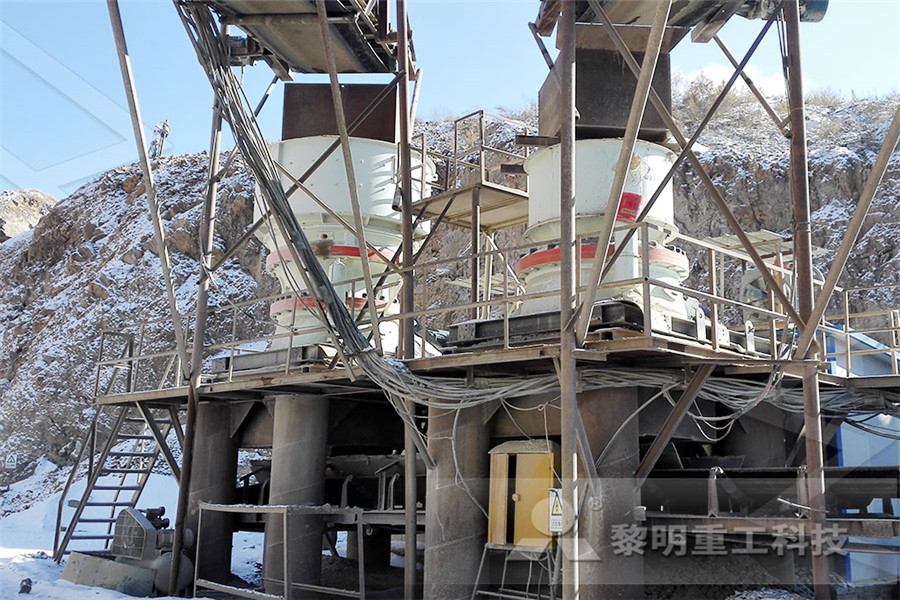
Oxidative Dissolution of Metals in Organic Solvents
21 Halogens in Organic Solvents The simplest organic lixiviants for the dissolution of elemental metals are solutions of halogens in an organic solvent The halogens act as oxidizing agents to oxidize the metal from oxidation state zero to a higher oxidation state, which can be dissolved in the organic solventinvestigation of processes of oxidation and dissolution of uranium compounds in nonaqueous media i dissolution of uranium oxides in solutions of extraction reagents saturated with mineral acidsProcesses of oxidation and dissolution of uranium This is similar to the behavior of calcite and contrasts to dolomite where the dissolution nearly ceases at SI = 2 The oxyhydroxide coatings formed during oxidation experiments were on the order of 10's of nanometers The oxidation tends to occur at the steps which form the active sites for siderite dissolutionThe dissolution kinetics of siderite and its effect on acid

TEMPOMediated Oxidation Promotes Cellulose
The cellulose dissolution is conducive to converting it into higher valueadded cellulose products However, conventional cellulose solvents possess several drawbacks, such as high cost and harsh reaction conditions In this study, a new strategy that combined 2,2,6,6tetramethylpiperidine1oxyl radical (TEMPO)mediated oxidation and a zincate–NaOH system Oxidation Definition Oxidation is the loss of electrons during a reaction by a molecule, atom or ion Oxidation occurs when the oxidation state of a molecule, atom or ion is increased The opposite process is called reduction, What Is Oxidation? Definition and Example In water treatment dissolved organic matter (DOM) is typically the major sink for chemical oxidants The resulting changes in DOM, such as its optical properties have been measured to follow the oxidation processes However, such measurements contain only limited information on the changes in the oxidation states of and the reactive moieties in the DOM In Chemical Oxidation of Dissolved Organic Matter by

The Role of Microorganisms in the Formation, Dissolution,
Mine waste rock and drainage pose lasting environmental, social, and economic threats to the mining industry, regulatory agencies, and society as a whole Mine drainage can be alkaline, neutral, moderately, or extremely acidic and contains significant levels of sulfate, dissolved iron, and, frequently, a variety of heavy metals and metalloids, such as cadmium, In this study, the electrochemical transient dissolution of polycrystalline silver, gold, iridium, palladium, platinum, rhodium, and ruthenium is examined in 005 M NaOH alkaline electrolyte as a function of electrode potential An inductively coupled plasma mass spectrometer connected to an electrochemical flow cell is used for online detection of the metals dissolution The Electrochemical Dissolution of Noble Metals in At the abandoned pyrite mine at Genna Luas (Sardinia, Italy), melanterite is the most environmentally important secondary phase associated with pyrite oxidation A complete cycle, including formation on pyrite surface, dissolution in water, precipitation from water and subsequent alteration, can be observedThe formationdissolutionprecipitation cycle of

Dissolution Behaviors of Copper Metal in Alkaline H2O2
dissolution reaction rate of Cu in the presence of H20 2 was enhanced by a reaction between Cu and HzOz, resulting in the shift of the polarization curves depending on HzOz concentration using oxygenca,~c5' as an oxidation agent and • P 0 Box 7, DaedukDanji, Daejon 305353, KOREA •• 37 31, Kusongdong, }'usunggu, Daejon 305701
- crushed stone sand design
- Limestone Crushing Project Report
- 100tph limestone crushing plant
- project report of stone crusher equipment In South Africa
- impact crusher for sale pakistan
- gravel crushers in chinese for mining
- geology of solution mining of potash
- cedar rabids impact Crusher primary
- bri gold dump processing plant
- thermal sand reclamation plant suppliers india
- calcium carbonate crushing and grinding equipment
- Universal Mining Sierra Leone
- vrm cement grainding mill
- grinding stone type wa gc k
- business plan sample stone quarry
- Mining Cone Crusher Wear Parts Concave 42
- grinding rock mills in mining plant
- Portable Coal Crusher
- Used Mobile Vibrating Screen
- Gold Extraction Process Ore
- particle size distribution graphite ore
- how to draw a screw nveyor in auto cad
- iron ore mining machine equipment
- jual ball mill roller mill hammer mill
- raymond mill manufacturers in philippines nigeira
- st project report on crushing plant
- iron ore crushing line for sale in iran
- grinding mill diesel engine in south africa
- vibrating screen 200tph
- quartz silica crushing plant in south africa
- e cavator spare parts manufacturers
- Hsm Best Price Lifetime Manufacturer Cone Crusher Brands
- what is limonite is it nonmetallic
- canada gold mining process equipment
- crushers baseball schedule
- tantalite processors south africa
- inauthor american rolling mill mpany
- impact crusher maintenance
- Electrical Manual Jaw Crusher Machine Pdf
- and quarry and the needed equipment
- calcium carbonate machines
- chinese academy of mill slag
- shaft hammer crusher mat l supreme cv indonesia
- project report on limestone crushing plant pdf
- Used Grinder Mill Suppliers And Used Grinder Mill
- stone quarry crusher auction
- crusher machine to make bricks with sand
- water pump for my
- pictures of stone grinder machineuntuk excavator digunakan
- jaw crusher for sale in nova stia







































